Video editing is a crucial part of the post-production process in the film and video industry. Whether you are editing a short film, a commercial, or a corporate video, the quality of your editing can greatly impact the final product.
One question that often arises when working on a video project is, “What is the standard rate for video editing? “
The Factors that Influence Video Editing Rates
Before we dive into specific numbers, it’s important to understand that video editing rates can vary widely based on several factors. These factors include:
- Experience: Highly experienced and skilled editors tend to charge higher rates compared to those who are just starting out.
- Complexity: The complexity of the project, including the number of footage clips, special effects, motion graphics, and audio elements, can affect the rate.
- Timeframe: The deadline or turnaround time for the project can impact the overall rate. Rush jobs or tight deadlines may come at an additional cost.
- Project Length: Longer videos generally require more time and effort to edit, which can result in higher rates.
Average Video Editing Rates
While there is no one-size-fits-all answer to what constitutes a “standard” rate for video editing, it’s helpful to have a general idea of average rates in the industry. Keep in mind that these rates are approximate and can vary depending on location and other factors.
Beginner Editors:
If you are just starting out as an editor or have limited experience, your hourly rate may range between $20-40 per hour. This rate allows you to gain experience while offering clients an affordable option.
Mid-Level Editors:
As you gain more experience and build a portfolio, you can increase your rates. Mid-level editors typically charge between $40-80 per hour. At this level, you are expected to have a solid understanding of editing techniques and be able to deliver high-quality work.
Expert Editors:
Highly skilled and experienced editors with a strong portfolio can charge anywhere from $80-150 per hour or more. These editors often specialize in specific genres, such as documentaries or feature films, and bring a wealth of knowledge and expertise to each project.
Other Pricing Models
Besides hourly rates, some video editors may also offer alternative pricing models, such as:
- Project-Based Rates: Instead of charging by the hour, the editor provides a flat rate for the entire project. This can be beneficial for both parties if the scope of work is well-defined.
- Day Rates: For longer projects that require several consecutive days of editing, some editors prefer to charge a day rate rather than an hourly rate.
- Packages: Some video editors offer pre-packaged services at fixed prices. These packages often include specific deliverables and may be suitable for clients with smaller budgets or simpler projects.
Negotiating Rates
Negotiating rates is common in the video editing industry. Clients may have budget constraints or specific requirements that need to be taken into account. As an editor, it’s important to value your time and expertise while being open to finding a mutually beneficial rate for both parties.
In conclusion, determining the “standard” rate for video editing is not a straightforward task. Rates can vary based on experience, complexity, timeframe, and project length. It’s essential to consider these factors when quoting your rates to ensure fair compensation for your skills and time.

